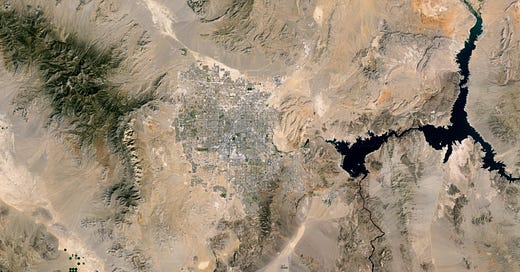More often than not, our work involves building a brand and designing a building for a neighborhood that is currently in motion from one life stage to something entirely new.
Here are just a few examples:
City Foundry, St. Louis → Net new neighborhood
MidCity, Huntsville → Net new neighborhood
Rainey District, Austin → Leap from food & beverage into high end residential
East Judkins, Seattle → Net new neighborhood
Columbia Heights, Minneapolis → New extension of the Northeast Arts District
Greenville, South Carolina → Next new Southeast gem
Fulton Market, Chicago → Growing into a true neighborhood
Saratoga, New York → Evolving beyond a summer vacation town
What do all of these places have in common? They’re changing quickly, fed by a number of common factors, including but not limited to:
The rise of remote work, decline of central business districts, convergence of real estate asset types, and preferences for holistic lifestyles, such as walkability and access to greenspace.
All of this begs the question: how do you get ahead of a neighborhood’s evolution to create a space that’s not only relevant, but cutting edge when it delivers?
01 / Consider the arc of elsewhere.
Most great neighborhoods, ranging from Nørrebro to Shoreditch, follow similar trajectories. Find your place in this story and start to prepare for the next chapter:
Chapter 01 - Cultural Island: leading edge creatives adopt the neighborhood for affordable housing, cheap retail, and loose oversite. The area served some other function which makes it attractive and counterculture.
► Example — Redhook (New York, NY)
Chapter 02 - Crowds Sprinkle In: early adaptors establish small businesses and creative institutions from other neighborhoods set up temporary events and activities. Retail investors buy homes, land and other assets in the area.
► Example — Ridgewood Queens (New York, NY)
Chapter 03 - Discovered and Seeded: smaller commercial investors and tenants start to invest in the neighborhood. Local chains start to arrive from other parts of town.
► Example — Leffert Gardens (New York, NY)
Chapter 04 - City Starlet: large institutional investors develop housing, blue chip grocery stores arrive, public players invest in revitalization of parks and other common areas, and the mass adopters start to show up.
► Example — Greenpoint (New York, NY)
Chapter 05 - 360 Neighborhood: families move in. Institutional investors realize their large scale plans including multifamily housing, retail, and offices.
► Example — Williamsburg (New York, NY)
Internalize these Chapters, map your neighborhood to its life stage and think about getting ahead of what’s coming:
For example: if you’re moving from Chapter 1 to Chapter 2, you may have a micro-strategy (for residential or hotel) because your residents or guests want to be close to the action but not pay market rates. OR, If you’re moving from Chapter 4 to Chapter 5 (like a Fulton Market in Chicago), you may consider ways to contribute to livability because the full spectrum of neighborhood infrastructure is still years in progress.
02 / Map the leading cultural indicators of your market.
Your strategy and target audiences may not lead you to the cutting edge, but you should at least understand where you fit in in the larger movements of your city.
Here are a few questions to ask yourself to understand the horizon of your market:
Where do your early adaptors hang out?
Where do they eat?
Where do they shop?
What do they wear?
What music do they listen to?
How do they get around?
If you’re the adventurous type, try out their lives, with three simple steps:
Step 01: find the coolest looking counter culture fashionistas and ask them to write down their top 5 places to hangout in the city. You’ll quickly get to the leading edge zeitgeist of your city.
Step 02: go on a Cultural Safari. Put on your 90’s ASICS and big jeans and actually go to all of these cool places. Take stock of every environmental factor, from the colors of the spaces to the tempo of the background noise.
Step 03: write your city’s emerging scene story, including the main characters, their major challenges, and the ways in which the scene provides them something unique. Consider your development’s neighborhood in this context: how will you start to serve this audience when you deliver?
03 / Own an X factor.
Evolving neighborhoods are by definition malleable. Which means, Placemakers affect the neighborhood brand, catalyze some movement, or entirely shape its direction.
Consider putting your stamp on the neighborhood by offering something bold a Chapter or two ahead of your current life stage. For instance:
A hotel oriented to young families
A retail project that fills gaps in livability
A new theater that competes with the big guys who are years away from arriving
Just remember, you have the power to placemake, which offers immense creative possibilities. Stay away from what’s currently referenceable and start to make the future.
🚨 WHO IS NO WALLS STUDIO (AND WHAT DO WE DO)?
No Walls Studio is a design and brand consultancy that helps placemakers create spaces that people love.
Our mission is to make sameness extinct in real estate, which means that everything we do comes with new ideas and unique angles — all, grounded in a deep understanding of culture and consumers.
We do three things for our clients (often, all in the same project):
Research
Brand Development
Spatial Experience Design
Want to work with us or learn more?










